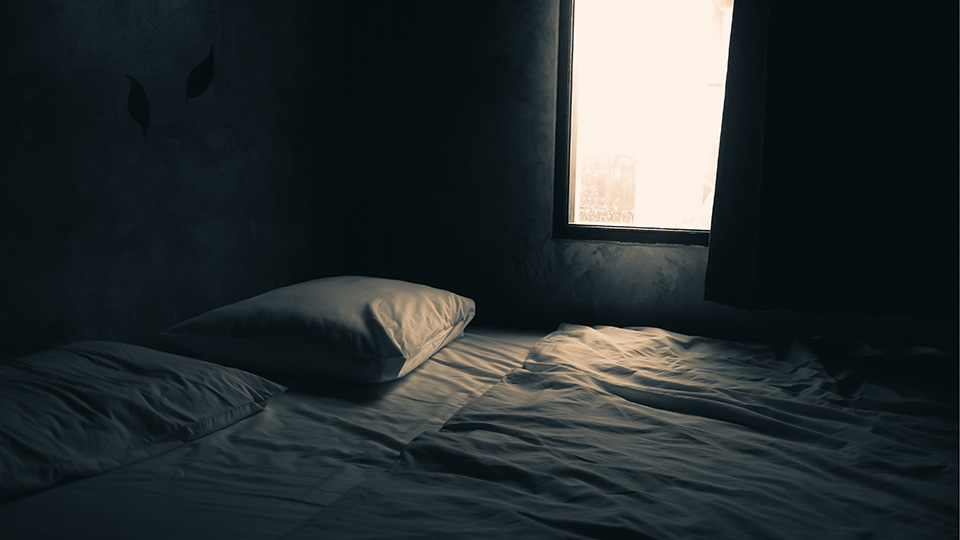Close the blinds, draw the curtains and turn off all the lights before bed. Exposure to even moderate ambient lighting during nighttime sleep, compared to sleeping in a dimly lit room, harms your cardiovascular function during sleep and increases your insulin resistance the following morning, reports a new Northwestern Medicine study.
“The results from this study demonstrate that just a single night of exposure to moderate room lighting during sleep can impair glucose and cardiovascular regulation, which are risk factors for heart disease, diabetes and metabolic syndrome,” said senior study author Dr. Phyllis Zee, chief of sleep medicine at Northwestern University Feinberg School of Medicine and a Northwestern Medicine physician. “It’s important for people to avoid or minimize the amount of light exposure during sleep.”
Light increases heart rate
There is already evidence that light exposure during daytime increases heart rate via activation of the sympathetic nervous system, which kicks your heart into high gear and heightens alertness to meet the challenges of the day.
“Our results indicate that a similar effect is also present when exposure to light occurs during nighttime sleep,” Zee said.
“We showed your heart rate increases when you sleep in a moderately lit room,” said Dr. Daniela Grimaldi, a co-first author and research assistant professor of neurology at Northwestern. “Even though you are asleep, your autonomic nervous system is activated. That’s bad. Usually, your heart rate together with other cardiovascular parameters are lower at night and higher during the day.”
There are sympathetic and parasympathetic nervous systems to regulate our physiology during the day and night. Sympathetic takes charge during the day and parasympathetic is supposed to at night, when it conveys restoration to the entire body.
Blood sugar goes up
Investigators found insulin resistance occurred the morning after people slept in a light room. Insulin resistance is when cells in your muscles, fat and live don’t respond well to insulin and can’t use glucose from your blood for energy. To make up for it, your pancreas makes more insulin. Over time, your blood sugar goes up.
An earlier study published in JAMA Internal Medicine looked at a large population of healthy people who had exposure to light during sleep. They were more overweight and obese, Zee said.
“Now we are showing a mechanism that might be fundamental to explain why this happens. We show it’s affecting your ability to regulate glucose,” Zee said.
The participants in the study weren’t aware of the biological changes in their bodies at night.
“But the brain senses it,” Grimaldi said. “It acts like the brain of somebody whose sleep is light and fragmented. The sleep physiology is not resting the way it’s supposed to.”
Exposure to artificial light at night during sleep is common, either from indoor light emitting devices or from sources outside the home, particularly in large urban areas. A significant proportion of individuals (up to 40%) sleep with a bedside lamp on or with a light on in the bedroom and/or keep the television on.
Light and its relationship to health is double edged.
“In addition to sleep, nutrition and exercise, light exposure during the daytime is an important factor for health, but during the night we show that even modest intensity of light can impair measures of heart and endocrine health,” said co-first author Dr. Ivy Mason, who at the time of the study was post-doctoral fellow at Northwestern and now is a research fellow at Harvard Medical School.
The study tested the effect of sleeping with 100 lux (moderate light) compared to 3 lux (dim light) in participants over a single night. The investigators discovered that moderate light exposure caused the body to go into a higher alert state called sympathetic activation. In this state, the heart rate increases as well as the force with which the heart contracts and the rate of how fast the blood is conducted to your blood vessels for oxygenated blood flow.
“These findings are important particularly for those living in modern societies where exposure to indoor and outdoor nighttime light is increasingly widespread,” Zee said. “If you’re able to see things really well, it’s probably too light.”
Tips to reduce light during sleep
- Don’t turn lights on. If you need to have a light on (which older adults may want for safety), make it a dim light that is closer to the floor.
- Color is important. Amber or a red/orange light is less stimulating for the brain. Don’t use white or blue light and keep it far away from the sleeping person.
- Blackout shades or eye masks are good if you can’t control the outdoor light. Move your bed so the outdoor light isn’t shining on your face.


